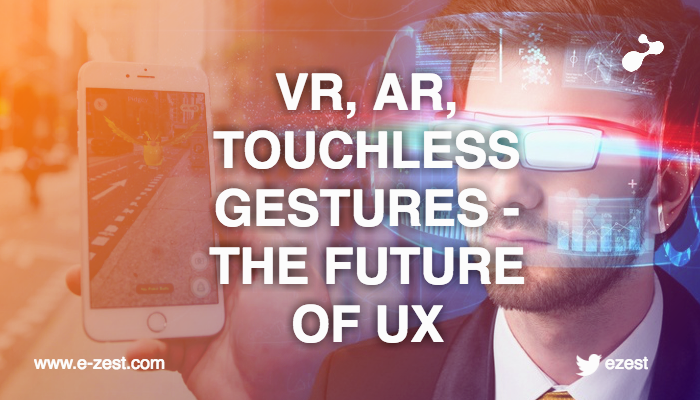
2016 witnessed what we call the ‘Big Bang’ of conversational services. Companies like Amazon, Google, Microsoft and Facebook introduced a new paradigm of computing experiences that welcomed the new wave of digital transformation. One of the important changes that marked the new wave of digital transformation was the shift from traditional GUI-based digital products to more customer-centric products, leveraging human-centered design while adopting a rapid experimentation mindset. This has led to the emergence of the need for Conversational UX.
So, what exactly is Conversational UX?
A conversational user experience (UX) allows the user to interact digitally with your brand through natural-language modes of communication like speaking, writing, or through sign language (known as signing). Conversational UX has been manifesting itself through chatbots (like on Facebook Messenger) and digital assistants like Google Assistant, Apple’s Siri and Cortana from Microsoft.
Why is Conversational UX so popular these days?
The answer to this question is very simple. The accelerated shift conversational UX platforms is primarily due to the simultaneous maturation of several different pieces of the technology stack. One obvious example is that of Apple’s Siri. Initially a disappointment, Voice Recognition, is not at a level of maturity that allows users to expect human-level understanding. The rise of popularity of digital commerce has led to many new innovations, including Conversational UX. Along with the mobile capabilities, the back-end systems used to process the information have also matured. Data has become much easier to consume, thanks to the cloud based services. Well-architected API service layers enable conversational UX platforms to be used with speed and ease. All this has led to more and more adoption of Conversational UX by the tech companies in the modern times. However, it is important to understand the impact of this new platform on the businesses’ current digital strategy.
With a growing digital commerce need, companies are already seeing conversational experiences as a way to drive business value and believe that new platform will deliver unparalleled speed and convenience while enhancing customer loyalty and engagement. By reducing the friction in using their apps or services, companies can greatly increase the customer conversion rate and drive an increase in revenue. Conversational UX has found its place the food industry, technology, healthcare etc.
Maintaining a versatile yet robust and flexible architecture is the key to a strong conversational UX platform. So, what do we need to keep in mind? In order to build a powerful Conversational UX system, contextual awareness, cognitive understanding, applied knowledge and personality are very important. These take care of how the bot recognizes who they are communicating with and how they understand their language while performing a task or answering a specific question in a tone that suits the customer the best.
Let us now look at a few trends that are expected to shape the UX designing in the immediate future, particularly in the field of digital commerce.
- Minimalism, grid boxes, straight-to-the-point designs are expected to steal the show as this generation looks forward to UX platforms that save time while using apps for online purchases.
- Visual stories in the form of gamification, responsive visuals and stories to increase customer engagement.
- Humanizing digital experience with micro-interactions that makes the whole communication process vibrant and enjoyable.
- Most importantly, omni-channel UX is expected to bring in consistency to the multi-device world. So, businesses must focus on this.
Of the numerous benefits of a Conversational UX platform, a few include:
- The brand and voice strategy assures the management of the tone of voice and personality in one place and makes sure that it is consistent across all clients.
- It also ensures that learnings from one user contribute to the shared intelligence of the entire ecosystem.
- Most of the Conversational UX platforms do not require the development of a complete front-end UI.
To sum it up, Conversational UX isn’t just a feature or a trend. It is, in fact, a milestone that businesses have been always striving for: a seamless, flawless interaction between human and technology. By eliminating the friction between humans and technology, it allows the use of technology to create products that improve any facet of life imaginable. It enables users to not feel digital about interactions that are inherently digital. Overall, an ensemble of conversational technologies is all set to provide a compelling new access point to digital value for the people in a very substantial way.
If you are interested in knowing more about our services or you have more queries regarding Conversational UX, please feel free to contact me at devendra.deshmukh <at> e-zest.in.









